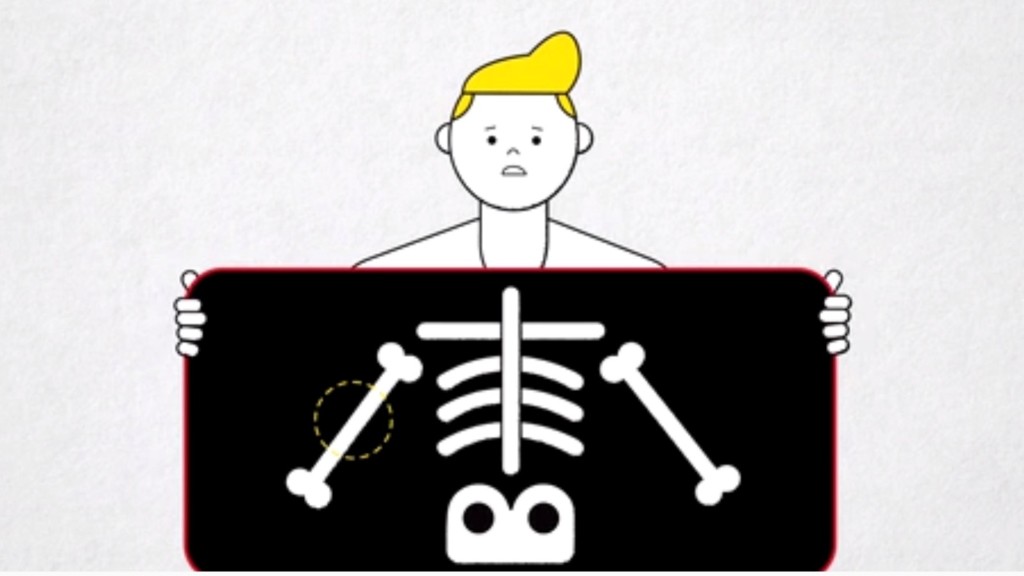
Health insurance. You know you need it, but navigating through the terms and coverage explanations can be ridiculously confusing.
But if you don't understand how your plan works, it could really cost you.
Current law allows younger people to stay on their parent's plan until they turn 26. And that leaves a lot of them scratching their heads while reviewing their health care options after blowing out their 26 birthday candles.
Many Americans get health insurance through their employer. If not, they can find individual plans via government exchanges, through a broker or directly from an insurance company.
Related: How to not get ripped off at the doctor's office
Here's your cheat sheet to some common terms you might run into when comparing plans during open enrollment:
Claim: This is the bill your doctor submits to your health insurance provider for any care you receive. If you paid for service out-of-pocket, you can also submit your own claim to your insurer directly to try and get reimbursed.
Premium: This is the amount you pay every month to maintain your health insurance plan. Even if you never end up needing health care services, you still have to pay your monthly premium to your health insurance company to stay covered.
Deductible: Your insurance company usually doesn't start covering your health care bills right away. You'll probably have to pay a set amount first. That's called your deductible. It's how much your plan requires you to shell out for your health care before your insurance starts to cover your bills. Usually, the cheaper the plan, the higher the deductible.
High-deductible health plans: Under these plans, you're expected to pay more of your health care bills, but your monthly payments for coverage will be cheaper. It can be a good option for a young, healthy person who doesn't expect to go to the doctor much. These plans allow you to stash away money into a tax-advantaged account called a Health Savings Account (HSA) that can be used to cover deductibles and other medical expenses.
Related: Health care will cost you $260,000 in retirement
Copayment: A set fee you pay when visiting a doctor after you've met your deductible. You might have different copayments for doctor visits, hospital stays and other types of care.
Coinsurance: Some insurance plans expect you to pay a percentage of the bill even after you've met your deductible. For example, you could be on the hook for 20% or 30% of the bill while the insurer handles the rest.
In-network provider: A medical professional who is part of your health insurance coverage and has pre-determined agreements with your insurer on what to charge for certain services and visits. Staying in network means your insurance will cover more of the costs and your bills will be much cheaper.
Out-of-network provider: A medical provider who does not have a contract with your health insurer, and will likely be more expensive to receive care from. You can end up being responsible for most, if not all of the bill if you go to an out-of-network doctor.
Out-of-pocket maximum: While deductibles and coinsurance could mean you end up paying a lot of money for health care, the good news is there is a limit to what you'll be responsible for paying. If you end up with a lot of medical bills one year and reach your plan's cap, the insurance company will cover 100% of your medical services for the rest of the year.
Explanation of Benefits: While it may look like a bill, it isn't. An EOB is just an overview of what (and how much) your doctor billed to your insurance company and what the insurer has agreed to cover. It can also include an estimate of how much you might be expected to pay, but the medical provider will send a bill separately.
